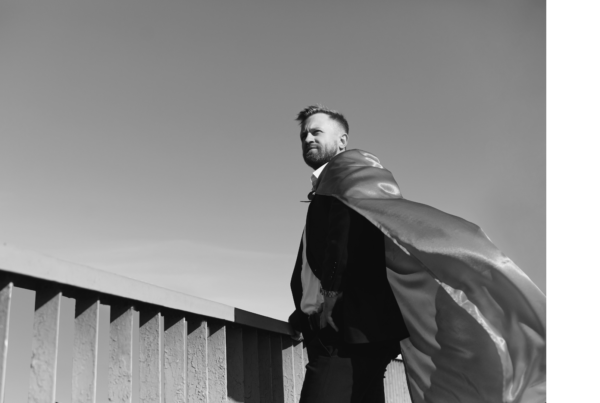
IN A NUTSHELL
Did you know that most people use only about 50% of their lung capacity when breathing?
Breathing, something we do about 25,000 times a day, profoundly affects our focus, clarity, productivity, and mindset. So, in the world of business, where decisions have far-reaching consequences, how we breathe is more than a matter of health – it’s a cornerstone of effective leadership.
The question then is: how can improving your breathing technique elevate your leadership abilities?
Leaders are often taught important skills like communication, strategic planning, and decision-making. Yet, the impact of effective breathing on these skills is usually overlooked. This might be a bigger issue than most leaders realise.
LEARN
3 key learnings about breathwork to become a better leader
Breathing for Enhanced Focus and Clarity: Deep, controlled breathing is more than a relaxation technique; it’s a cognitive enhancer. Engaging in deep breathing increases oxygen supply to the brain, clearing the mind and sharpening focus. For leaders, this translates to an enhanced ability to concentrate on complex tasks and make informed decisions. Research shows that just a few minutes of deep breathing can significantly improve concentration and attention span, crucial for leaders facing complex challenges.
Improved Stress Management with Breathwork: In the demanding realm of leadership, stress is often inevitable. Breathwork, especially deep and rhythmic breathing techniques, activates the body’s relaxation response, counteracting the ‘fight or flight’ mode induced by stress and promoting a state of calm. Regular breathwork practice enables leaders to respond to stress more effectively, maintaining clarity and composure in challenging situations, which is key for decision-making and setting a reassuring tone for the team.
Breathwork Enhances Leadership Presence and Decision-Making: Controlled breathing influences a leader’s presence, with a steady, composed breathing pattern aids in projecting confidence and stability. Additionally, deep, rhythmic breathing improves cognitive function, crucial for clear thinking and effective problem-solving, leading to more thoughtful and informed decisions. This practice benefits not only the leaders but also has a positive impact on their teams and organisations.
ACT
3 practical steps to integrate breathwork into your leadership practice
Incorporate Daily Breathwork: Incorporate a few minutes of deep, controlled breathing into your morning routine. For example, try the ‘5-5-5’ technique: inhale deeply for 5 seconds, hold for 5 seconds, and exhale for 5 seconds. This practice, repeated for a few minutes, increases the oxygen supply to your brain, enhancing your ability to concentrate on complex tasks and make well-informed decisions, a critical skill in leadership.
Utilise Breathwork Techniques in Stressful Moments: In the high-pressure environment of leadership, employ deep and rhythmic breathing to activate your body’s relaxation response. For example, sit upright, place a hand on your stomach, and close your eyes. Inhale deeply through your nose for a count of four, feeling your belly rise, then exhale slowly for the same count. This focused breathing activates the relaxation response, fostering calm and aiding clear decision-making in challenging situations.
Build a Culture of Mindful Breathing in the Workplace: Encourage your team to practice breathwork as a tool for enhancing focus and managing stress. This could be through short sessions in meetings or as part of team development activities. By doing so, you not only enhance your own leadership presence but also contribute to building a more resilient and cohesive team environment.

GROW
Words of advice from those who have lived it
“Breathing isn’t just a reflection of your mental state – it can actively change that state, too.
Mimicking relaxed breathing tricks the body into thinking you actually are relaxed. What’s more, drawing long slow breaths for 60 seconds is enough to rid the bloodstream of the stress hormone cortisol entirely.”
— Do Breathe by Michael Townsend Williams
“At first, I was skeptical about incorporating breathing techniques into our leadership practice. But after trying it out in smaller team meetings, I’ve noticed subtle yet positive changes. It’s helped me to pause and gather my thoughts, especially before important decisions. We’ve started to encourage this practice within our teams, and it’s interesting to see the gradual shift in how we handle stress collectively.”
— Claire, HR Director
CLOSING THOUGHT
In leadership, effective breathing is a subtle yet powerful tool. It sharpens focus, aids in stress management, and enhances presence, directly impacting decision-making and team dynamics. This practice, often overlooked, holds the key to not just better health but to more effective, empathetic, and resilient leadership.
To uplevel your leadership skills and mindset, visit READ TO LEAD, or check out our free eBook for bitesize action-based insights from the world’s best business book.
This week’s blog is inspired by “Do Breathe” by Michael Townsend Williams and “Breath” by James Nestor.








